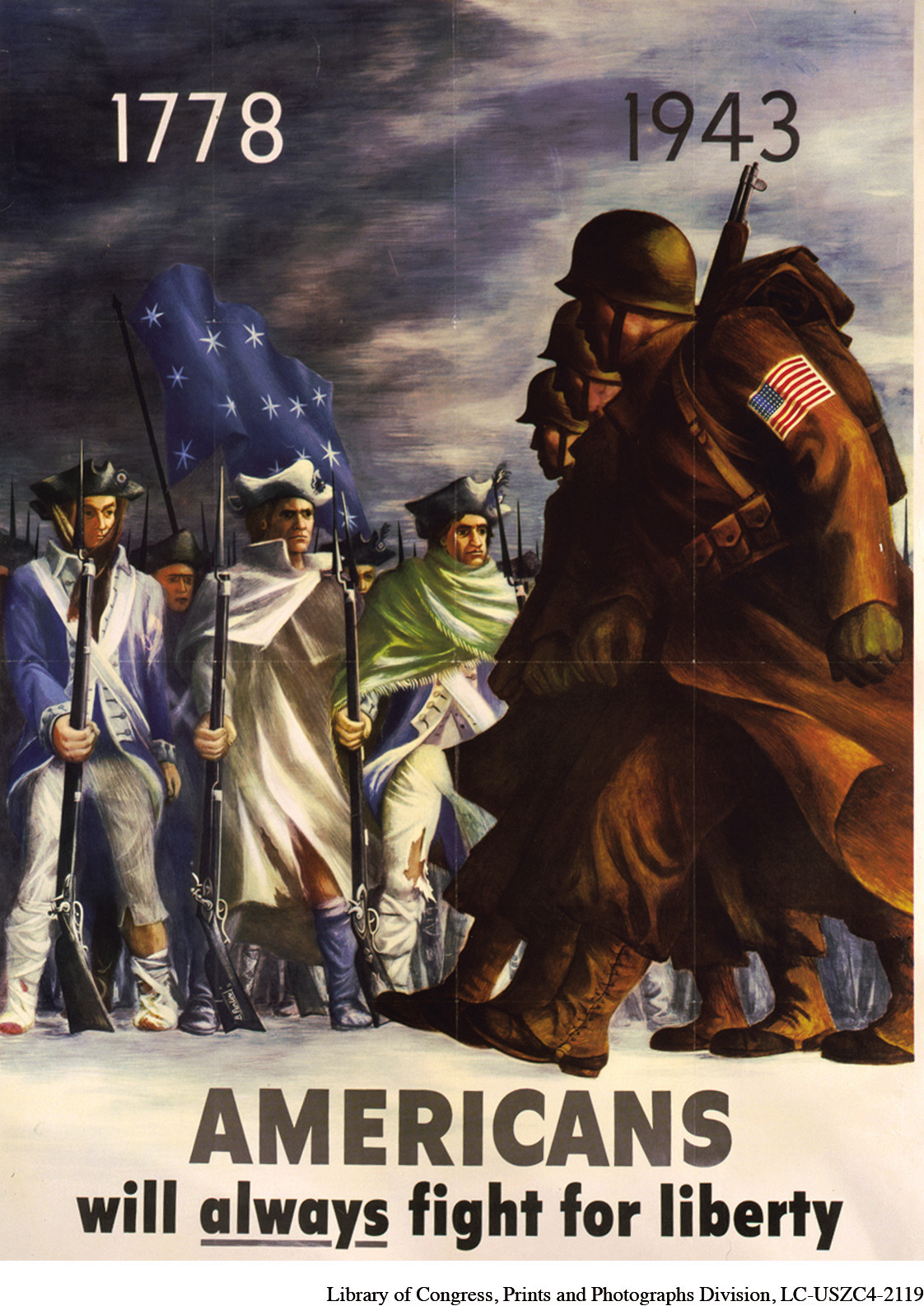Introduction to Chapter 20
CHAPTER 20
Collapse at the Center
World War, Depression, and the Rebalancing of Global Power 1914–

The First World War: European Civilization in Crisis, 1914–1918
An Accident Waiting to Happen
Legacies of the Great War
Capitalism Unraveling: The Great Depression
Democracy Denied: Comparing Italy, Germany, and Japan
The Fascist Alternative in Europe
Hitler and the Nazis
Japanese Authoritarianism
A Second World War, 1937–1945
The Road to War in Asia
The Road to War in Europe
The Outcomes of Global Conflict
The Recovery of Europe
Reflections: War and Remembrance: Learning from History
Zooming In: Etty Hillesum, Witness to the Holocaust
Zooming In: Hiroshima
Working with Evidence: Ideologies of the Axis Powers
“I was told that I was fighting a war that would end all wars, but that wasn’t the case.” Spoken a few years before his death, these were the thoughts of Alfred Anderson, a World War I veteran who died in Scotland in November 2005, at the age of 109. He was apparently the last survivor of the famous Christmas truce of 1914, when British and German soldiers, enemies on the battlefield of that war, briefly mingled, exchanged gifts, and played football in the no-
The “Great War,” which came to be called the First World War or World War I (1914–
In the second half of the century, however, European civilization proved resilient. Western Europe recovered remarkably from the devastation of war, rebuilt its industrial economy, and set aside its war-
| A MAP OF TIME | |
|---|---|
| 1914– |
World War I |
| 1917 | Bolshevik Revolution in Russia; United States enters World War I |
| 1919 | Treaty of Versailles ending World War I; founding of Nazi Party |
| 1920 | Treaty of Sèvres, dissolving the Ottoman Empire |
| 1922 | Mussolini comes to power in Italy |
| 1929 | Beginning of Great Depression |
| 1933 | Hitler assumes power in Germany |
| 1937– |
Japan invades China, beginning World War II in Asia; Rape of Nanjing |
| 1939 | Germany invades Poland, beginning World War II in Europe |
| 1939– |
World War II; the Holocaust |
| 1941 | Japanese attack on Pearl Harbor |
| 1945 | Atomic bombing of Hiroshima and Nagasaki; United Nations created |
| 1945– |
U.S. occupation of Japan |
| 1946– |
Cold war |
| 1948– |
Marshall Plan for Europe |
| 1957 | European Economic Community established |
| 1994 | European Union established |
| 2002 | Introduction of the euro |
SEEKING THE MAIN POINT
In what ways were the world wars and the Great Depression motors of global change in the history of the twentieth century?